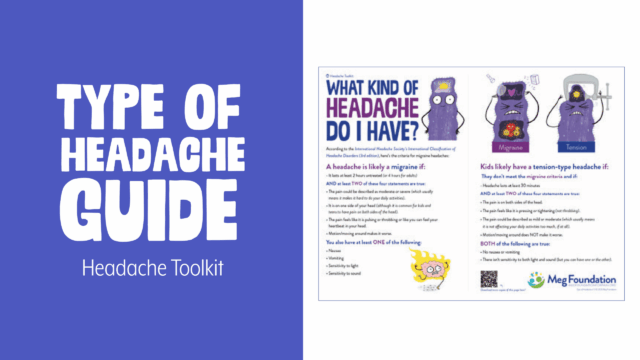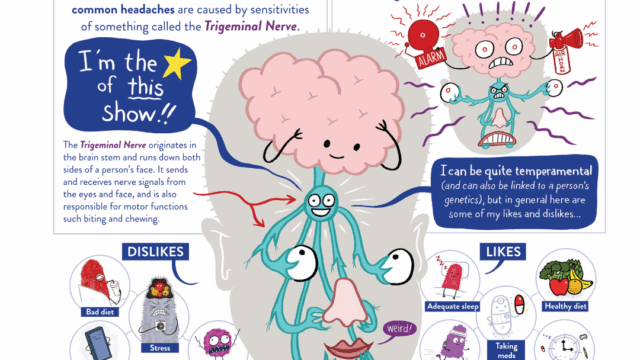Nasal Swabs: Creating Comfort and Preventing Pain for Little (and Big!) People
3 Expert Tips For How to Stay Relaxed During COVID PCR Testing
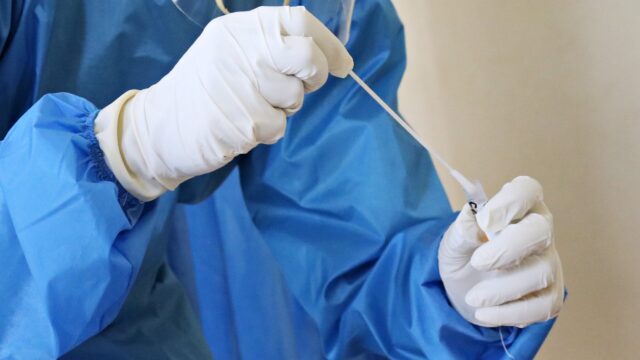
Jody Thomas, PhD
Kids (3-11) Covid-19 Procedural Pain English Pain Management
Share this:
3 Expert Tips For How to Stay Relaxed During COVID-19 PCR Testing and Prevent Pain During Nasal Swabs
So in the age of COVID-19, the nasal swab has gone from something not likely to be needed to something very likely to happen as testing becomes more common (yay for data!) and necessary. While no one loves having a very long swab pushed up their nose, there are many ways you can prevent pain during nasal swabs and make it much more pleasant for the kids in your world, and yourself!
1. Make a Plan
Parents sometimes have the tendency to avoid telling their kids about a medical procedure beforehand because “it will just make them nervous.” Turns out that is normal instinct but a bad call. Think of it like being asked to make the clutch play of the game with no practice or game plan. Kids do much better when they know what is going to happen and making a plan for how they want to cope.

Nasal Swab Comfort Plan Builder
Our cute robot friend Spud is here to guide your child to create a plan to feel calm and comfortable during a nasal swab!
Talk to your child about:
- What the test is – “It’s a pretty quick test that can tell us if you have this virus.”
- Why they need it – “We need to find out if you have the virus so we can figure out how to be best take care of you and keep you healthy.”
- What will happen during the test – “They are going to put a swab…like a Q-tip, pretty far up your nose and rub it around for about 15-30 seconds or so…like singing the Happy Birthday song.”
Some other things you should talk to your kid about before their test are:
- Where the test will take place – Depending on what testing location you go to, your child’s test might not take place in a doctor’s office and might even take place in your car.
- The equipment worn by test administrators – Masks, face shields and gloves worn by people at testing sites might seem really scary to your kid who’s used to the smiling faces of nurses and doctors. Consider looking at pictures online of what the providers might look like and talk through why they’re wearing that equipment. Say, “This is how they make sure that they don’t share germs with you and you don’t share germs with them. Isn’t that cool?.”
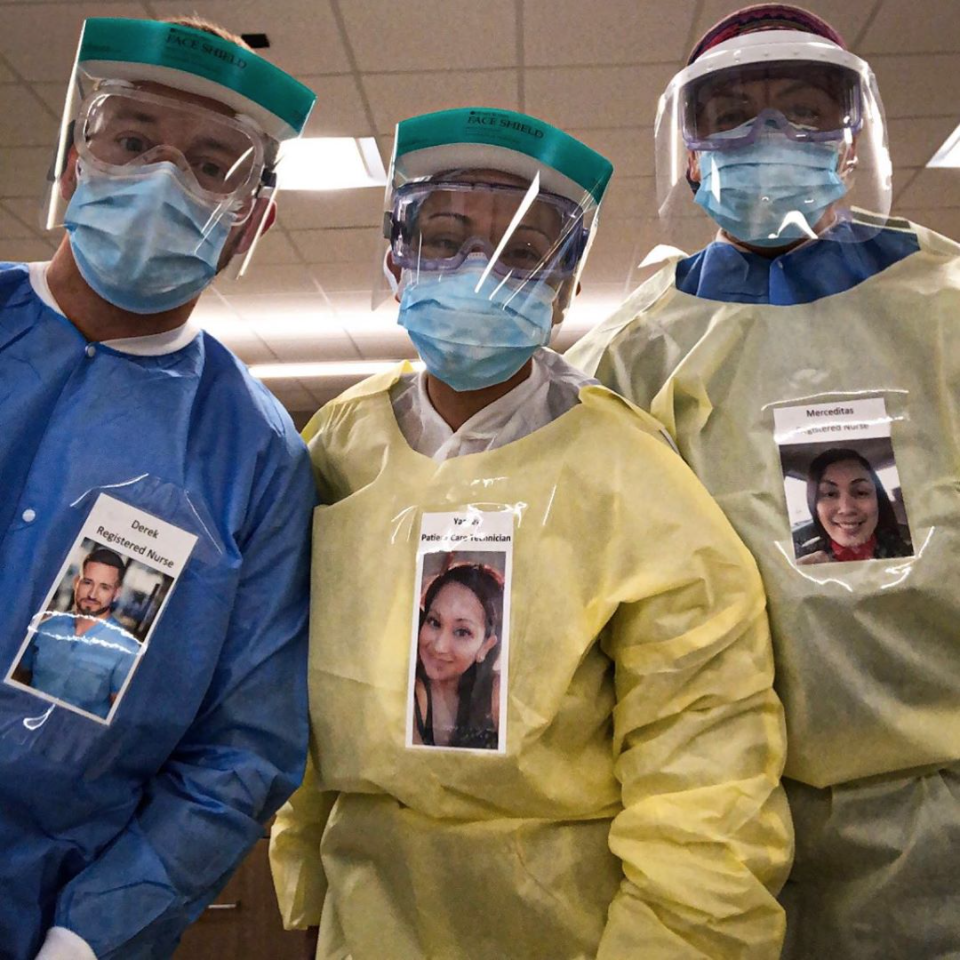
- That they’ll have to sit very still – To do a nasal swab successfully and as comfortably as possible, your kiddo is going to have to stay really still even if they feel uncomfortable. Asking kids to imagine themselves as a statue is a good way to put it, and you can make practicing that a game. Say, “Who can be a statue the longest? Who can be the silliest statue?”
- Fifteen to 30 seconds can feel like a long time – Talk to your child about how long the test is going to take. Consider singing a song- like “Happy Birthday”- or counting to demonstrate to your kid how long the nasal swab will be in their nose. A silly distracting song can be great. My kids have a song with lots of potty humor they picked up at school, and they find it hilarious when a grown up sings it. And what a great excuse to joke about picking your nose?! Use that element of surprise and delight! Part of their plan making can include whether they want you to sing this same song or count during the procedure to help them know where they’re at in those 15-30 seconds and give them something else to focus on.
Looking for some additional help? You can use this worksheet to help your child make a game plan before to help prevent pain during nasal swabs.
2. Coping
Especially for preschool and school-age kids, practicing the procedure through play can help them concretely understand what will happen and how they want to cope. Much like practice for the big game or the dance recital, practicing builds confidence and reduces anxiety. They can practice with you, on a favorite doll or stuffy, or anything else they want to use. Here is what that should include:
How They Want to Be Positioned
Comfort positioning is a way of holding children during medical procedures that keep them safe but comforted, and is recommended in the clinical practice guidelines of nearly all pediatric medical organizations.
This is in contrast to a kid being held down for a procedure, which tons of research shows is a really bad idea that can traumatize you child. Seriously, never let a medical provider do that. There are providers out there who might try, so you always need to be prepared to speak up.
“For a nasal swab, holding your child on your lap, with their back to your chest, is likely the best choice.”
You can ask how your child wants to be held. For a nasal swab, holding your child on your lap, with their back to your chest, is likely the best choice. It allows you to talk to and comfort them by whispering in their ear, they feel your physical presence (and hopefully, your calm!), and you can hug them to help keep their arms and hands away from their face.
This is a good technique for almost all kids…even the ones who might seem too “old.” Children are never too old to be comforted by the ones they love! For older kids, it might look more like them sitting between your legs (rather than on your lap) while you hug them from behind and they lean against your chest.
Drive-Thru Testing
If your child is receiving the test at a drive-thru testing site, get out of your seat and go in the back of the car next to them. Be sure to remove them from their car seat before the test.
Your child has to sit in that car seat for their daily safety. You don’t want to risk them associating it with a potentially stressful event like a nasal swab, and you don’t want them to be deprived of the comfort of your close presence. Practice the positioning of their choice in the car, just like how they’d be positioned during the test. Helping them practice will ultimately prevent pain during nasal swabs.
Remember: The research is VERY clear. Children should never be held down during medical procedures.

Comfort Positioning Guide
Learn comfort positions that allow you to calm and comfort your child while keeping them safe!
Alternative Focus & Sensory Input
Unfortunately, it’s really challenging to fully “distract” from a nasal swab because it is so literally in your face. It can be really powerful to use what we call “alternative focus” by giving them something else to pay attention to. This can get them through the experience more quickly and with less distress. Taking advantage of a kid’s natural ability to get deeply absorbed in videos, toys, and activities changes the way they feel pain and discomfort.
Remember, choice feels powerful and reduces stress, so it’s useful to let your kid pick what they want to focus on. It could be a video, a favorite toy, a guided imagery exercise, a book, singing a song, whatever captures their attention. Another good strategy is engaging your child’s other senses during the test. Sensory experiences like music, forehead or hand massage, fidget toys, a favorite stuffy, or even VR googles if available help them be less focused on the discomfort of having a giant swab up their nose and prevent pain during nasal swabs.
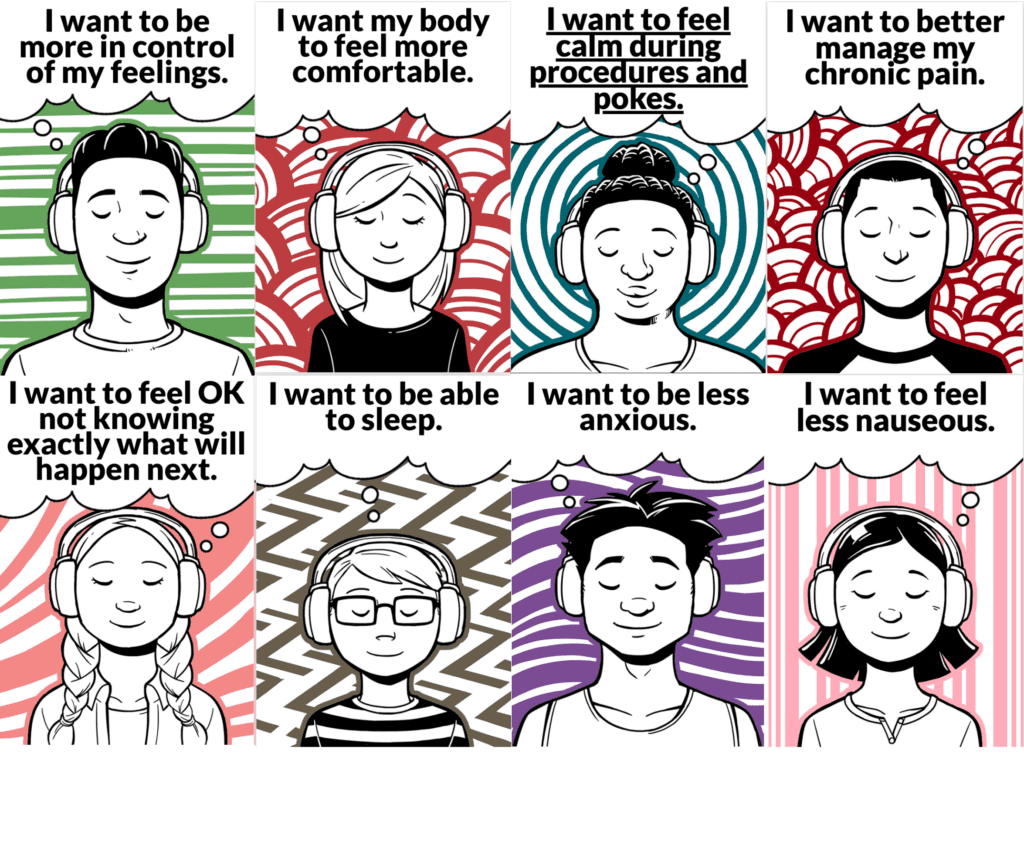
Offer an Incentive
We all need a little motivation to get through tough tasks. A reward (ideally one they choose and know about beforehand) can help give your kiddo something positive to look forward to and focus on during those looooonnnng 15 to 30 seconds.
3. Clear, Empathetic Communication
Making and practicing a plan is the first step to helping your kid feel more confident and in control heading into their test. But there’s no avoiding the fact that the test still sucks. Validate that to your child and if they are having some big feelings, let them know it’s ok to cry or be upset when we have to do uncomfortable, hard things. Doing that helps kids feel supported, and lets them move through those feelings more quickly.
During the procedure make sure there is only ONE VOICE speaking to your child– ideally yours. Multiple people talking adds chaos and can feel really overwhelming. Everyone else in the room needs to be quiet and let that one comforting voice soothe your kid.
Finally, perhaps the most important piece of the puzzle is you…your level of stress (or calm!) is a major predictor of your kid’s distress. That calm is contagious, so remember to take a few deep breaths, relax those shoulders, and find your own happy place as much as possible as you wrap your comforting arms around your little (or not-so-little) one, and remind them that it will be over soon. You’ve got this!
You Might Also Like
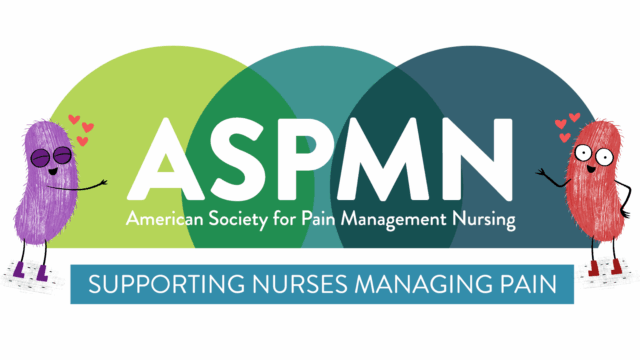
Blog Post
Empowering Nurses in Pain Care: How ASPMN Leads the Way
The American Society for Pain Management Nursing (ASPMN) empowers nurses to lead the way in compassionate, evidence-based pain care.
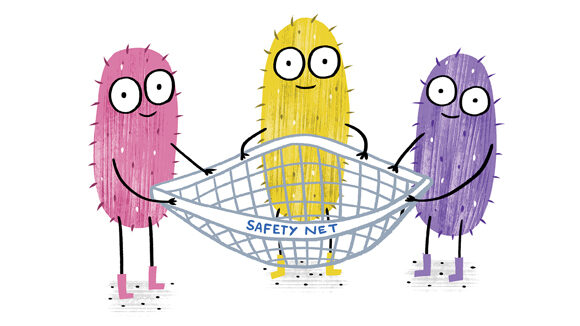
Blog Post
No Family Should Face This Alone
What would you give to keep a child from falling through the cracks? Right now, too many families are left behind—navigating pediatric care alone, often without insurance, support, or access to help.
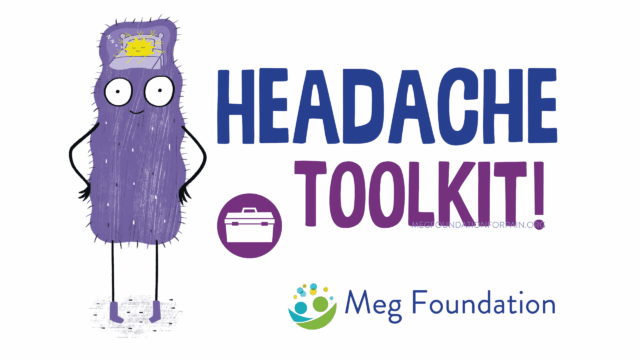
Downloads
Headache Toolkit
A complete set of resources to help kids, families, and providers understand and manage headaches together.
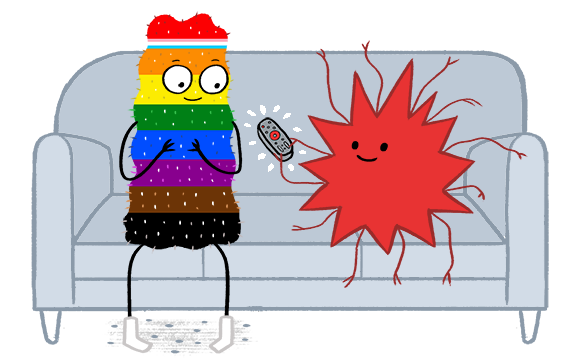
Blog Post
5 Ways Pain Affects the LGBTQIA+ Community
Pain isn’t just physical—it’s deeply shaped by who we are, how we see ourselves, and how the world treats us. For LGBTQIA+ individuals, understanding and addressing pain means recognizing the powerful role of identity, community, and inclusive, affirming care.

Interested in helping us help even more people by putting our science backed resources out in the world? We need amazing people like you! Consider donating today!

About the Author
Dr. Jody Thomas is a licensed clinical psychologist, and specialist in pediatric medical illness and trauma. A well-known expert in pediatric pain who teaches internationally on the subject, she is also a founder and the former Clinical Director of the Packard Pediatric Pain Rehabilitation Center at Stanford, and a former Assistant Professor at the Stanford University School of Medicine. Though she now lives in Denver, CO, she still serves as Adjunct Faculty for Stanford, providing supervision and teaching. As a consultant for the Lucile Packard Children’s Hospital at Stanford, she directs projects on the integration and innovation of pain management using tech-based intervention. Her passion for bringing together the power of medical science, technology and design to transform the way we think about kids and pain led her to her current focus but it’s her role as a mom of two that solidified her path in creating the Meg Foundation.
